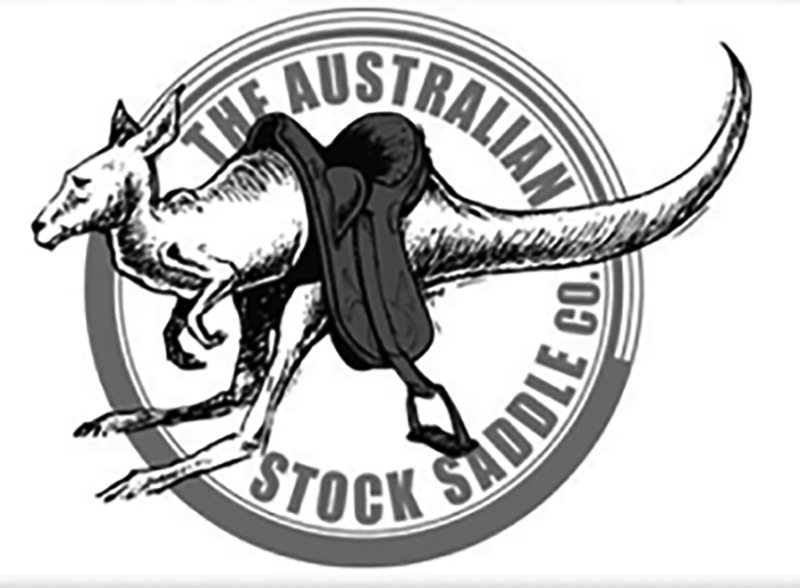Saddle Fitting Demonstrations
Colin Dangaard measures the shape of a horse’s back
Does the saddle fit?
Colin Dangaard gave a saddle fitting demonstration in October 2019 for the members of Los Padres Trail Riders in Santa Barbara at the SB Humane Society’s corral yard.
He emphasized the importance of being aware of any soreness along the horse’s back and of the proper fit of the saddle. He suggested running your hand along both sides of the spine both before and after you ride to see if there are any sore spots.
Colini Dangaard feels the horse for soreness
Of utmost importance is making sure your saddle fits properly and allows the shoulder to move freely.
He demonstrated the use of special mechanical fitting apparatus that he helped design. When placed on a horse’s back it can be manipulated to firmly fit on all parts of the spine and back. Locked into place, it can then be placed on the inside of the saddle to see how well they match up.
Four club members had their horses and mule evaluated and the fit of their saddles examined. One lady who had always felt “downhill” in her saddle could now easily see how the saddle was indeed not level on her Paso Fino, and she gave her saddle to Colin to take back to his workshop and adjust to fit the horse.
Colin Dangaard talks about saddle placement
After the fitting demonstration Colin gave a presentation to the club in the meeting room, an educational talk that ranged from the history of saddles and stirrups and mounted combat to proper saddle fit.
One piece of new information of interest to club members was that contrary to popular belief, a dry area on a horse’s back indicates where the most pressure is, because heavy pressure prevents the sweat glands from functioning. He recommends that after a half hour of riding the saddle is pulled off to see if the sweat pattern is even. This is the easiest way to begin to diagnose how well the saddle fits that particular animal.
More things to note are that the horse will move even if it is in pain, but if there is pain in the shoulder you will see shorter strides in its attempt to keep the saddle from bearing down. If this symptom is ignored, the area can swell with a hematoma. Using pads doesn’t usually fix the problem, it is necessary to fix the saddle. Watch to see if the horse is uncomfortable, they will try to tell you by tail swishing, restlessly moving feet, or holding their head up while riding.
Important to note that the saddle must fit both the horse/mule and the rider. If the rider is uncomfortable they will move around to try to get relief, and the animal feels that.
As Colin says “The saddle fits you when you don’t realize you’re in it, and it fits the horse when he doesn’t realize he’s wearing it.”
** reprinted from the Los Padres Trail Riders October 2019 newsletter




